Ahh

Credit:
-@Shinichi16 for the plane
-@VeeOne For the Boeing 777 cockpit window trim
About Boeing 777
The Boeing 777, commonly referred to as the Triple Seven, is an American long-range wide-body airliner developed and manufactured by Boeing Commercial Airplanes. The 777 is the world's largest twinjet and the most-built wide-body airliner. The jetliner was designed to bridge the gap between Boeing's other wide body airplanes, the twin-engined 767 and quad-engined 747, and to replace aging DC-10 and L-1011 trijets. Developed in consultation with eight major airlines, the 777 program was launched in October 1990, with an order from United Airlines. The prototype aircraft rolled out in April 1994, and first flew that June. The 777 entered service with the launch operator United Airlines in June 1995. Longer-range variants were launched in 2000, and first delivered in 2004.

The Triple Seven can accommodate a ten–abreast seating layout and has a typical 3-class capacity of 301 to 368 passengers, with a range of 5,240 to 8,555 nautical miles (9,700 to 15,840 km; 6,030 to 9,840 mi). The jetliner is recognizable for its large-diameter turbofan engines, raked wingtips, six wheels on each main landing gear, fully circular fuselage cross-section, and a blade-shaped tail cone. The 777 became the first Boeing airliner to use fly-by-wire controls and to apply a carbon composite structure in the tailplanes.
The original 777 with a maximum takeoff weight (MTOW) of 545,000–660,000 lb (247–299 t) was produced in two fuselage lengths: the initial 777-200 was followed by the extended-range -200ER in 1997; and the 33.25 ft (10.13 m) longer 777-300 in 1998. These have since been known as 777 Classics and were powered by 77,200–98,000 lbf (343–436 kN) General Electric GE90, Pratt & Whitney PW4000, or Rolls-Royce Trent 800 engines. The extended-range 777-300ER, with a MTOW of 700,000–775,000 lb (318–352 t), entered service in 2004, the longer-range 777-200LR in 2006, and the 777F freighter in 2009. These second-generation 777 variants have extended raked wingtips and are powered exclusively by 110,000–115,300 lbf (489–513 kN) GE90 engines. In November 2013, Boeing announced the development of the third generation 777X (variants include the 777-8, 777-9, and 777-8F), featuring composite wings with folding wingtips and General Electric GE9X engines, and slated for first deliveries in 2026.
As of 2018, Emirates was the largest operator with a fleet of 163 aircraft. As of June 2025, more than 60 customers have placed orders for 2,382 777s across all variants, of which 1,761 have been delivered. This makes the 777 the best-selling wide-body airliner, while its best-selling variant is the 777-300ER with 833 delivered. The airliner initially competed with the Airbus A340 and McDonnell Douglas MD-11; since 2015, it has mainly competed with the Airbus A350. First-generation 777-200 variants are to be supplanted by Boeing's 787 Dreamliner. As of May 2024, the 777 has been involved in 31 aviation accidents and incidents, including five hull loss accidents out of eight total hull losses with 542 fatalities including 3 ground casualties.
Boeing 777-200LR variant
The 777-200LR Worldliner ("LR" for Long Range), the C-market model, entered service in 2006 as one of the longest-range commercial airliners. Boeing named it Worldliner as it can connect almost any two airports in the world, although it is still subject to ETOPS restrictions. It holds the world record for the longest nonstop flight by a commercial airliner. It has a maximum design range of 8,555 nautical miles (15,844 km; 9,845 mi) as of 2017. The -200LR was intended for ultra long-haul routes such as Los Angeles to Singapore.
Developed alongside the -300ER, the -200LR features an increased MTOW and three optional auxiliary fuel tanks in the rear cargo hold. Other new features include extended raked wingtips, redesigned main landing gear, and additional structural strengthening. As with the -300ER and 777F, the -200LR is equipped with wingtip extensions of 12.8 ft (3.90 m).[193] The -200LR is powered by GE90-110B1 or GE90-115B turbofans. The first -200LR was delivered to Pakistan International Airlines on February 26, 2006. Twelve different -200LR customers took delivery of 61 aircraft. Airlines operated 50 of the -200LR variant as of 2018. Emirates is the largest operator of the LR variant with 10 aircraft. The closest competing aircraft from Airbus are the discontinued A340-500HGW and the current A350-900ULR.

Source: Wikipedia
About Emirates (Airlines)


Emirates is one of the two flag carriers of the United Arab Emirates (the other being Etihad Airways). Based in Garhoud, Dubai, the airline is a subsidiary of The Emirates Group, which is owned by the government of Dubai's Investment Corporation of Dubai. It is the largest airline in the Middle East, operating more than 3,600 flights per week from its hub at Terminal 3 of Dubai International Airport. It operates in more than 150 cities in 80 countries across six continents on its fleet of nearly 250 aircraft. Cargo operations are undertaken by Emirates SkyCargo.
Emirates is the world's third-largest airline by scheduled revenue passenger-kilometers flown. It is also the second-largest in terms of freight tonne-kilometers flown.
During the mid-1980s, Gulf Air began to cut back its services to Dubai. As a result, Emirates was founded on 15 March 1985, with backing from Dubai's royal family and its first two aircraft provided by Pakistan International Airlines. With $10 million in start-up capital, it was required to operate independently of government subsidies. Pakistan International Airlines also provided free training facilities to Emirates cabin crew at Karachi Airport. The airline was founded by Ahmed bin Saeed Al Maktoum, the airline's present chairman. In the years following its founding, the airline rapidly expanded both its fleet and its destinations. In October 2008, Emirates moved all of its operations at Dubai International Airport to Terminal 3.
Emirates operates a mixed fleet of Airbus and Boeing wide-body aircraft and is one of the few airlines to operate an all-wide-body aircraft fleet (excluding Emirates Executive). As of January 2025, Emirates is the world's largest Airbus A380 operator with 116 aircraft in service. Since its introduction, the Airbus A380 has become an integral part of the Emirates fleet, especially on long-haul, high-density routes. Emirates is also the world's largest Boeing 777 operator with 133 aircraft in service.
Source: Wikipedia
History of A6-EWE
A6-EWE is a Boeing 777-21HLR manufactured in Everett, powered by two General Electric GE90-110B1 engines, which first flew on 17 June 2008.
The aircraft was delivered to Emirates on 30 June 2008.

The aircraft is currently in service and is 17.1 years old.
Source: Planespotters.net
هذا كل شيء! استمتع!

Specifications
Spotlights
- Tingly06822 5 months ago
- CaptainNoble 5 months ago
- Zerkk 5 months ago
General Characteristics
- Predecessor Boeing 777-200LR (Rework)
- Created On Android
- Wingspan 212.7ft (64.8m)
- Length 209.2ft (63.8m)
- Height 62.6ft (19.1m)
- Empty Weight N/A
- Loaded Weight 121,851lbs (55,270kg)
Performance
- Power/Weight Ratio 0.623
- Horse Power/Weight Ratio 0.049
- Wing Loading 22.0lbs/ft2 (107.2kg/m2)
- Wing Area 5,547.8ft2 (515.4m2)
- Drag Points 14544
Parts
- Number of Parts 512
- Control Surfaces 11
- Performance Cost 2,712

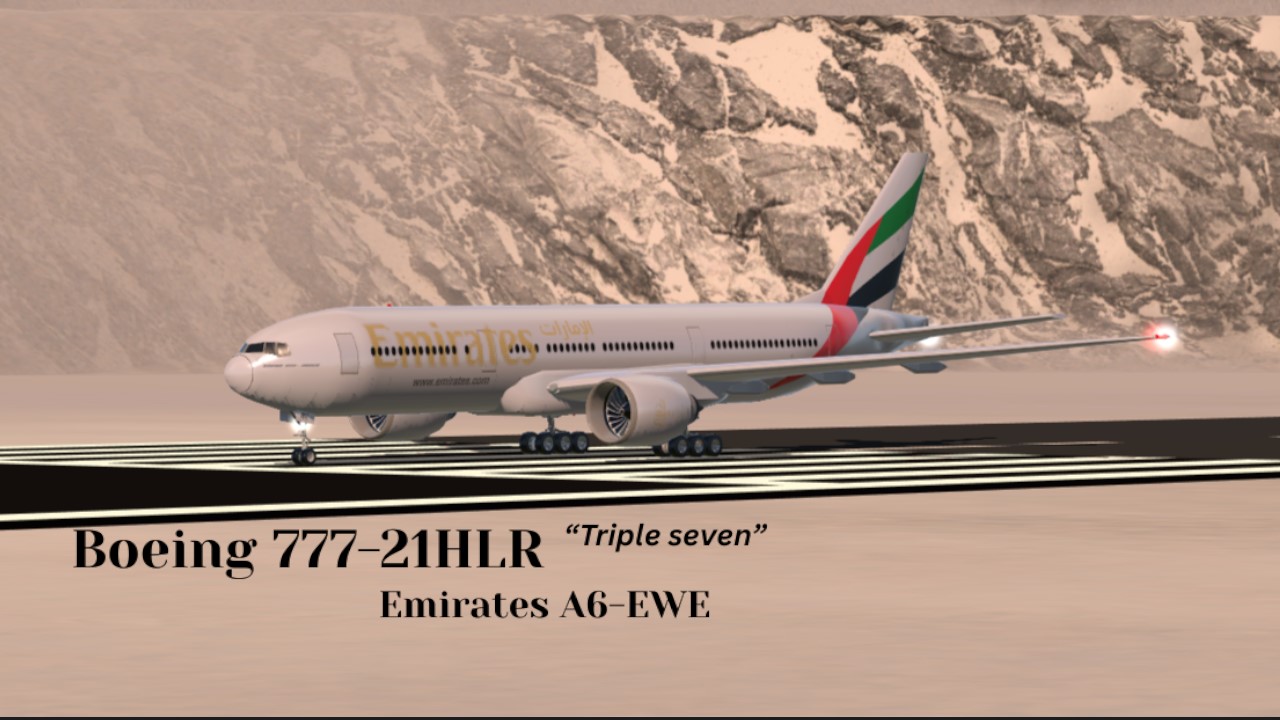
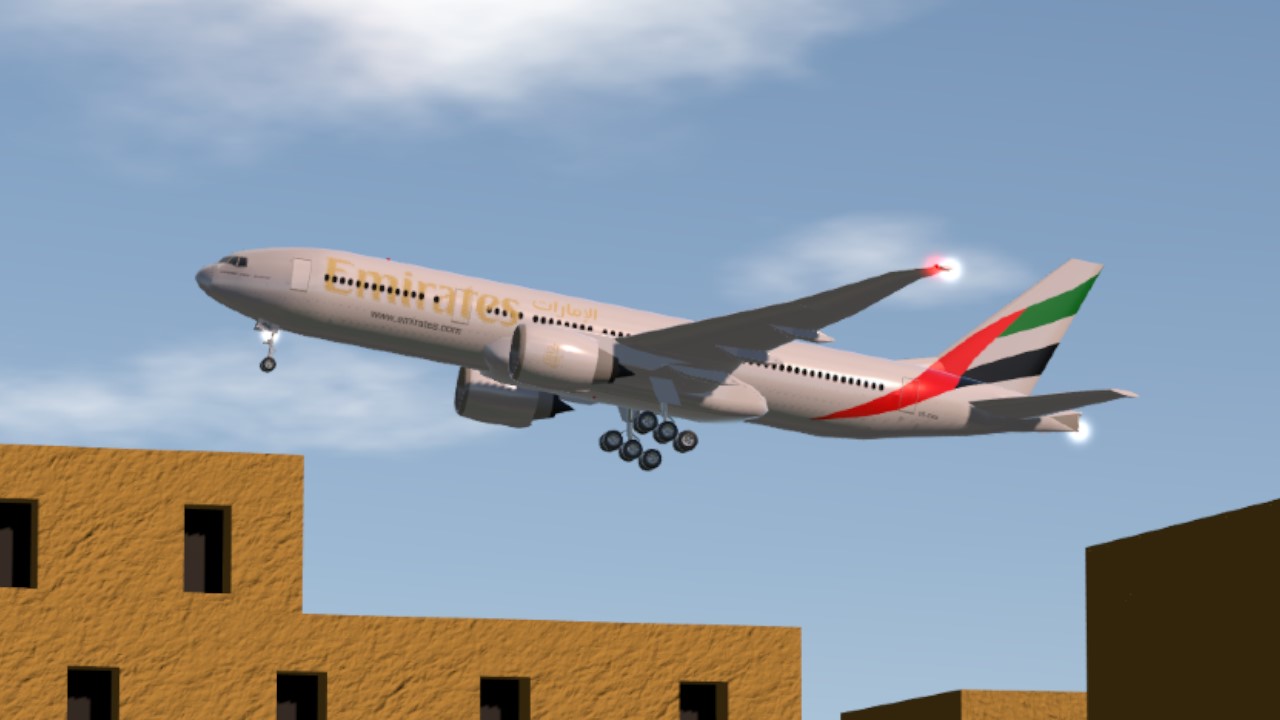
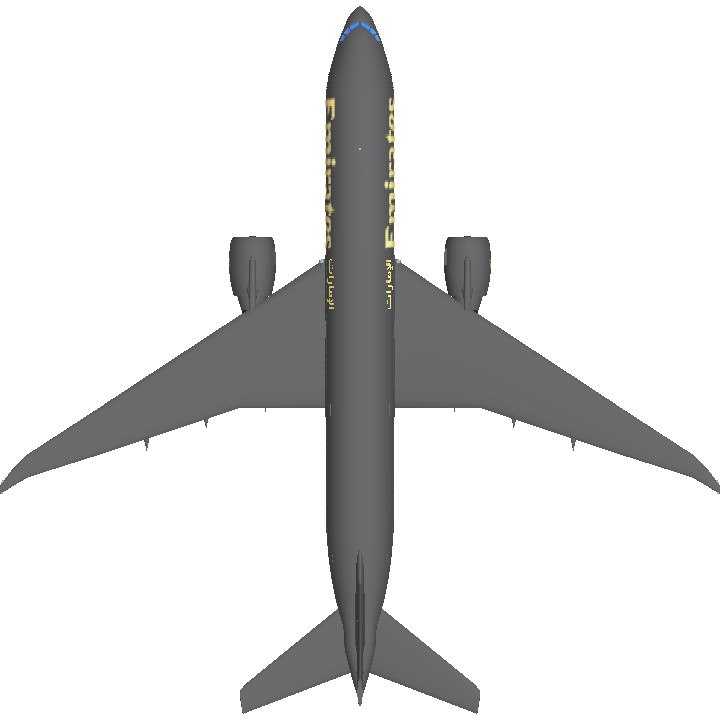
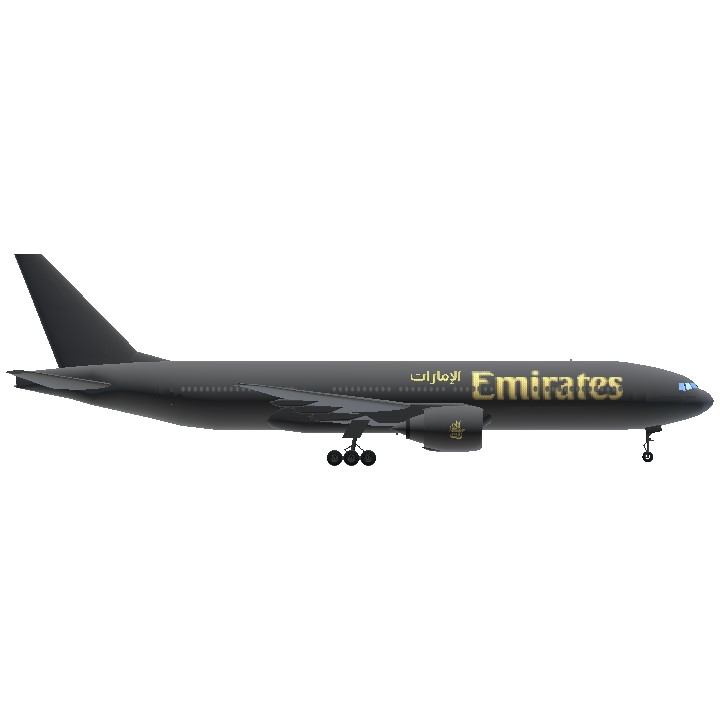
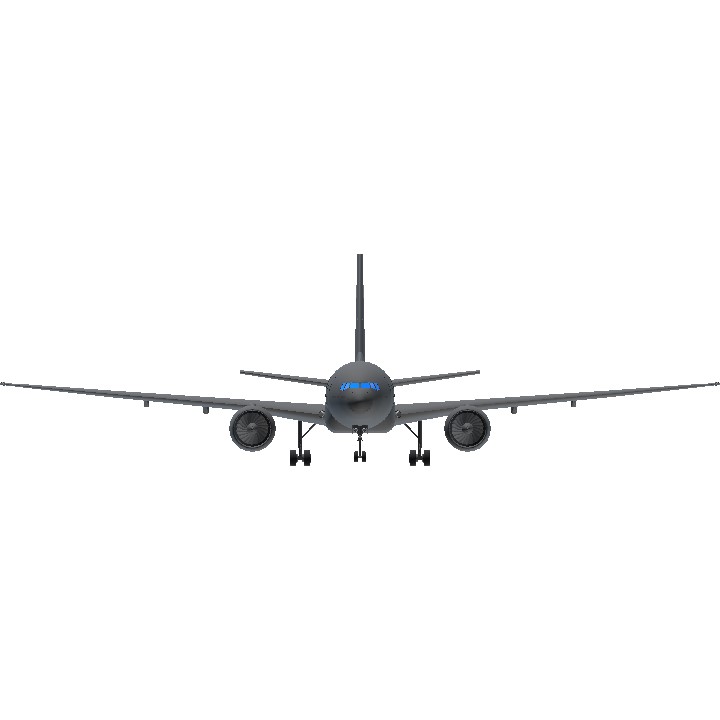
@RedTrinity
job job job [redacted]
nice livery btw
where do I submit my job application :(
the 200lr is one of the rarest 777 I've seen so far